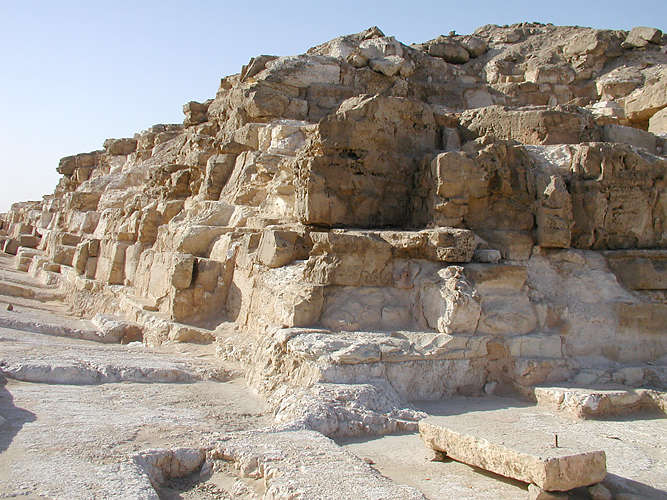The Pyramid of Djedefre is a significant historical site located in Egypt. It was built as the tomb for Pharaoh Djedefre, who reigned during the Fourth Dynasty of the Old Kingdom of Egypt. This pyramid is unique as it is the only known pyramid to have been built on a hill and it’s also one of the few pyramids with significant parts still intact. Despite its incomplete state, the Pyramid of Djedefre provides valuable insights into the reign of Djedefre and the architectural practices of the time.
Get your dose of History via Email
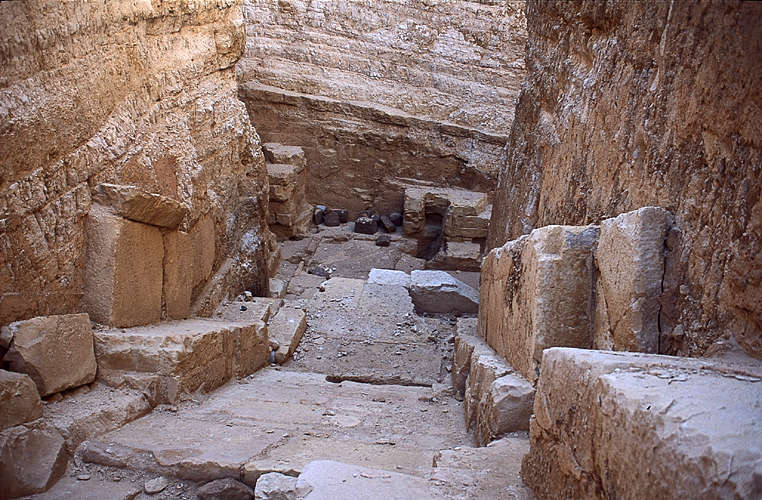
What is the historical significance of the Pyramid of Djedefre and what does it tell us about the reign of Pharaoh Djedefre?
The Pyramid of Djedefre holds a significant place in the history of Egypt. As the tomb of Pharaoh Djedefre, it is a testament to his reign and the power he held. Djedefre was the son and successor of Khufu, the builder of the Great Pyramid of Giza. The location of the pyramid, on a hill overlooking his father’s monument, may have been a strategic choice to assert his power and superiority.
The reign of Djedefre was marked by significant religious changes, notably his claim to be the son of the sun god Ra. This claim is evidenced by his name, which means “Enduring like Re”. The Pyramid of Djedefre, with its unique sun temple, reflects this shift towards sun worship, which became a central part of Egyptian religion in later periods.
The pyramid also provides insights into the political climate of Djedefre’s reign. Its unfinished state suggests a sudden end to his rule, possibly due to conflict or a short reign. Additionally, the lack of inscriptions and records about Djedefre compared to other pharaohs of the Fourth Dynasty suggests that his reign may have been controversial or unpopular.
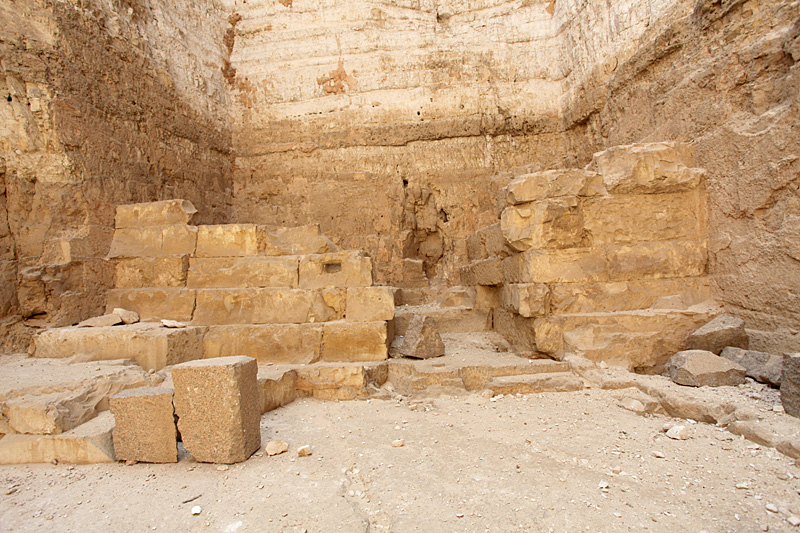
What are some of the key architectural features and discoveries made at the Pyramid of Djedefre?
The Pyramid of Djedefre stands out for its unique architectural features. Unlike other pyramids, it was built on a hill, which would have made construction more challenging. The pyramid was originally encased in polished white limestone, which would have made it shine brightly in the sun, further emphasizing Djedefre’s connection to the sun god Ra.
One of the most significant discoveries at the Pyramid of Djedefre is the sun temple. This is the first known instance of a sun temple being associated with a royal pyramid, reflecting the shift towards sun worship during Djedefre’s reign. The temple included an altar, storage rooms, and a causeway leading to the valley below.
Other discoveries include a boat pit, which would have held a solar boat for Djedefre’s use in the afterlife, and a large statue of Djedefre, one of the few surviving depictions of this pharaoh. The statue, made of red granite, depicts Djedefre seated on a throne, wearing the traditional nemes headcloth and uraeus cobra, symbols of his royal status.
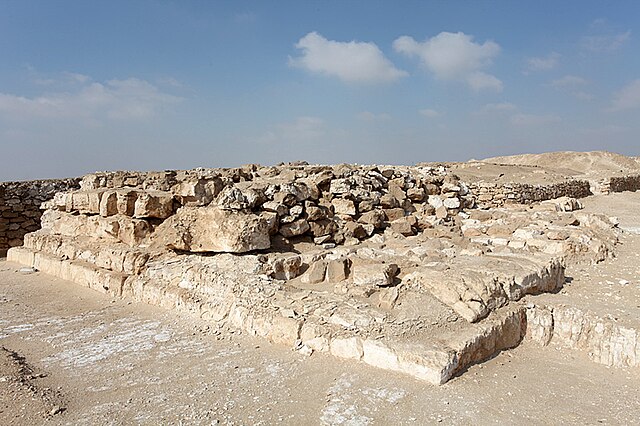
How is the archaeological site of the Pyramid of Djedefre being preserved and protected for future generations?
The preservation and protection of the Pyramid of Djedefre is a priority for the Egyptian government and international archaeological organizations. The site is regularly monitored and maintained to prevent further deterioration and damage.
Conservation efforts include stabilizing the pyramid’s structure, protecting it from environmental factors such as wind and sand erosion, and restoring damaged areas. Access to the pyramid is also controlled to prevent damage from tourism.
In addition to physical preservation, there are efforts to digitally document the pyramid and its surrounding structures. This includes creating 3D models and virtual tours, which allow people to explore the site virtually and increase global awareness of its historical significance.
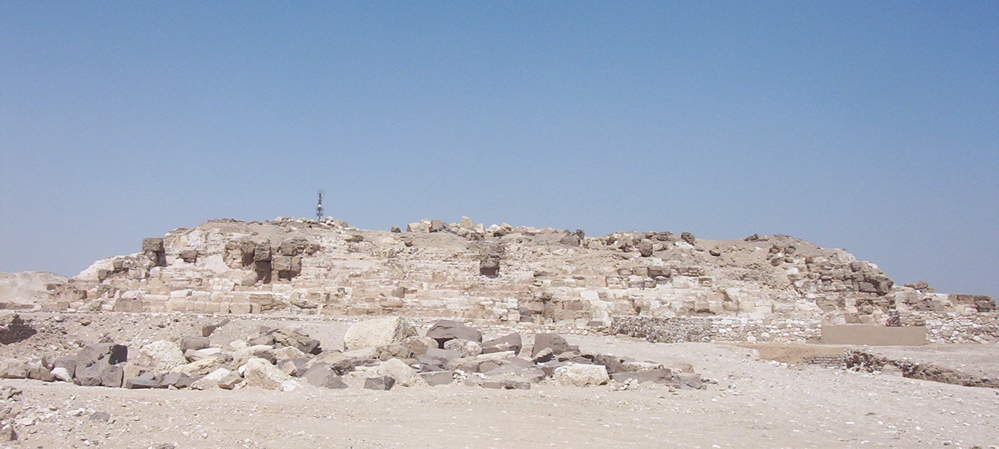
What is known about the construction techniques and materials used in the building of the Pyramid of Djedefre?
The construction of the Pyramid of Djedefre involved complex techniques and materials. The pyramid was built using large limestone blocks, which were quarried nearby and transported to the site. The blocks were then carefully shaped and fitted together to form the pyramid’s structure.
The pyramid was originally encased in polished white limestone, which would have been quarried from farther away and transported to the site. This casing was carefully fitted to the pyramid’s core and would have given the pyramid a smooth, shining surface.
The construction of the pyramid also involved the creation of internal structures, such as the burial chamber and passages. These were carefully planned and executed, demonstrating the advanced architectural knowledge of the builders.
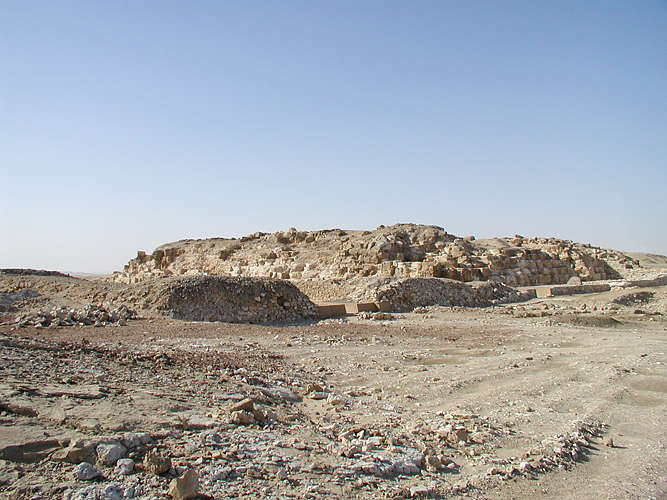
Conclusion and Sources
In conclusion, the Pyramid of Djedefre is a significant historical site that provides valuable insights into the reign of Pharaoh Djedefre and the architectural practices of the Fourth Dynasty. Despite its incomplete state, the pyramid and its associated structures reveal a lot about the religious, political, and cultural changes that occurred during Djedefre’s reign. Its preservation and study will continue to contribute to our understanding of ancient Egyptian civilization.
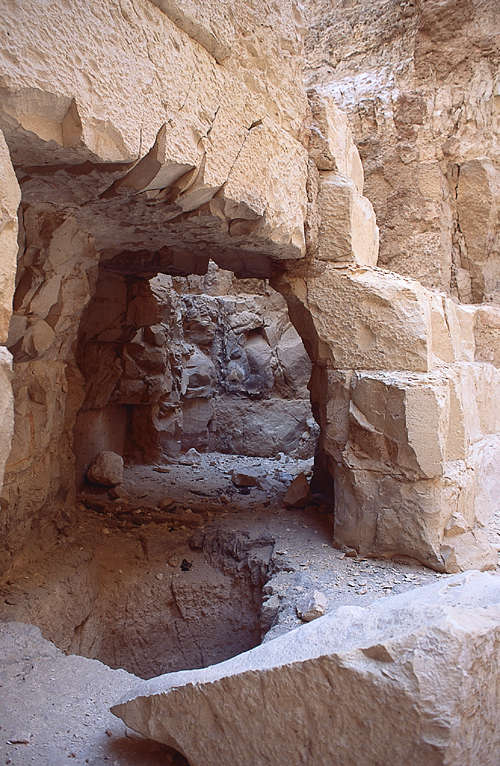
For further reading and to validate the information presented in this article, the following sources are recommended:

